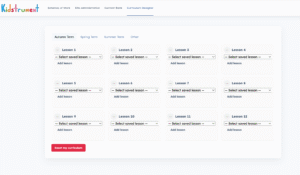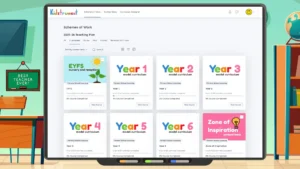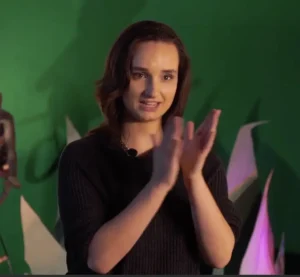What the Curriculum and Ofsted Expect
At KS1, pupils should be singing tunefully, keeping a pulse, and experimenting with sound. By KS2, they’re expected to perform more confidently, use notation, and compose with purpose.
Inspectors don’t want piles of paperwork—they want to see:
- A clear progression model from EYFS to Year 6.
- Teachers who know what children have learned.
- Evidence of listening, performing, and creating.
Where Teachers Struggle
- “I’m not musical—how do I know if they’re on track?”
- “I don’t have time to create assessment grids.”
- “What counts as evidence?”
These are common concerns, and they’re valid. Music assessment can’t look like maths marking.
Simple Ways to Assess in the Classroom
Observe and listen
Watch children in action. Jot down short notes like “keeps a steady beat” or “sings confidently in tune.”
Use recordings
A 20-second video on a tablet often says more than a written worksheet.
Encourage reflection
Ask pupils: “What went well in our group performance? What could we do better?”
Progression statements
Use can-do style phrases instead of grades. For example:
- Year 2: Can clap a 4-beat rhythm.
- Year 6: Can improvise on a pentatonic scale.
Building a Whole-School Framework
Good assessment is:
- Consistent across year groups.
- Progressive from EYFS through KS2.
- Easy to share with SLT and inspectors.
- Low workload for teachers.
How Kidstrument Makes It Easier
Kidstrument includes:
- Pre-mapped outcomes aligned to the national curriculum and MMC.
- 600+ activities automatically linked to assessment points.
- Digital tracking tools so teachers can record progress during lessons.
- Exportable reports for leaders.
This turns assessment into a natural part of teaching rather than extra admin.
Assessment in Action
In a Year 3 rhythm lesson, pupils perform body percussion in 4/4 time.
- Most keep the pulse, a few lose rhythm.
- Teacher notes: “Pulse secure, rhythm developing.”
- Quick video clip saved as evidence.
The result: teachers know next steps, leaders have proof of coverage, and pupils see their own progress.
Music assessment doesn’t need to be complicated. The aim is simple: check that children are singing, listening, creating, and improving over time.






